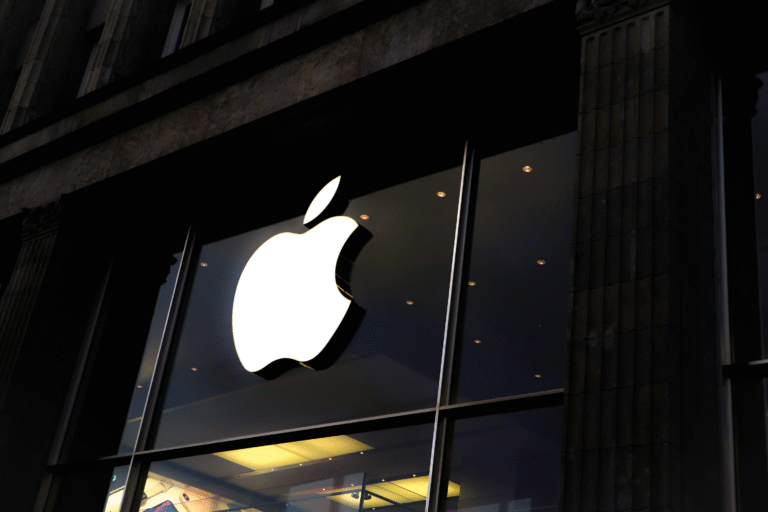The decline in Europe’s natural gas consumption has raised questions about the rush to construct new LNG import terminals. However, there is still room to increase LNG imports from the United States, a demand that has been strongly pushed by President Donald Trump.
With gas demand in Europe at its lowest in over a decade, liquefied natural gas (LNG) imports into the European Union saw a significant drop of 16% last year compared to 2023. This shift in the energy landscape carries notable geopolitical implications.
Since Russia’s invasion of Ukraine in 2022, the European Union has drastically reduced its reliance on Russian pipeline gas. To compensate, it has boosted LNG imports, particularly from the United States—though controversially, some shipments have still come from Russia. Despite this shift, the latest report from the Institute for Energy Economics and Financial Analysis (IEEFA) highlights that Europe’s regasification terminals, responsible for converting LNG back into its gaseous state for distribution, were operating at an average of just 42% capacity last year, with some facilities barely being used.

Since February 2022, the EU has expanded its LNG import capacity by approximately 50 billion cubic meters annually. These expansions have taken place primarily in Germany, the Netherlands, Italy, France, and Finland. However, if current demand trends persist, only about 30% of this total capacity will be utilized by 2030, the energy transition think tank warns.
Ana Maria Jaller-Makarewicz, IEEFA’s lead analyst for European energy, emphasized the potential risks associated with ongoing investments in LNG infrastructure. “Doubling down on new LNG terminals without considering demand trends raises the risk of overinvestment and underutilized infrastructure as the energy transition accelerates,” she noted.
While the underuse of LNG infrastructure poses economic concerns, another pressing issue for Brussels is the continued import of Russian LNG. The European Commission has set an unofficial goal to eliminate all fossil fuel imports from Russia by 2027. A roadmap detailing this strategy is expected to be released on March 26.
Meanwhile, European Commission Vice President Maroš Šefčovič is set to visit Washington on February 19, becoming the highest-ranking EU official to engage with the US administration since Trump’s return to office. His trip is aimed at easing mounting trade tensions between the EU and the US. Among the many ultimatums and warnings issued by Trump in recent months, one of the most pressing for Europe has been his threat to impose steep tariffs unless the EU significantly increases LNG imports from the US.
Šefčovič is scheduled to meet with US Trade Representative Jamieson Greer, Commerce Secretary Howard Lutnick, and Trump’s chief economic adviser Kevin Hassett. While the specifics of the discussions remain undisclosed, the European Commission has stated that Šefčovič will assertively convey the EU’s stance that tariffs are counterproductive and detrimental to both sides.
When asked about the agenda for these discussions, the European Commission’s energy spokesperson, Anna-Kaisa Itkonen, declined to confirm whether energy matters would be explicitly addressed. However, she acknowledged that LNG has been an ongoing topic of discussion between the EU and the US.
LNG imports from the US reached 63 billion cubic meters last year, accounting for 46% of the EU’s total LNG intake. Despite this, IEEFA’s data suggests there is room for increased US imports, especially considering that the EU also imported nearly 22 billion cubic meters of Russian LNG in 2024—a figure that represented an 18% increase from the previous year.
Jaller-Makarewicz pointed out that a third of Russian LNG imports into the EU were spot trades rather than long-term agreements. “Member states should prioritize phasing out these spot market transactions, as they are not bound by long-term contracts,” she stated.
Despite calls to reduce reliance on Russian gas, the EU has so far refrained from imposing direct sanctions on LNG imports from Russia. However, Brussels remains highly attentive to gas demand trends as it finalizes its strategy for achieving full energy independence from Moscow.
Itkonen confirmed that the Commission is closely analyzing gas consumption data. “Obviously, all of this information and these statistics will contribute to our ongoing work,” she added.
February 24 will mark three years since Russian military forces crossed into Ukraine. Since then, the European Union has managed to cut overall gas demand by roughly 20%, thanks to a combination of energy conservation measures and increased investments in renewable energy sources. However, the evolving geopolitical landscape and the pressure from the United States to increase LNG imports add complexity to the EU’s long-term energy strategy.








